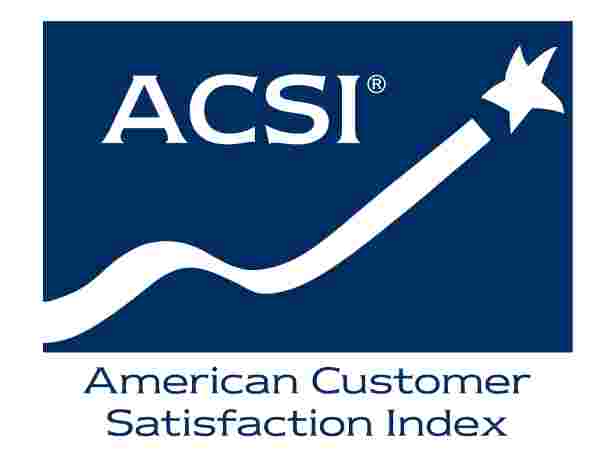What Psychics can tell us about CX
December 27, 2019Retail Report – December 2019
December 3, 2019
To gain buy-in throughout the organization, a top-down approach should be taken with defined objectives, collaboration, transparency, and an unbiased administration of the survey.
Organizations often find that results from a CX survey program are not successfully translated into concrete action. This is because the most often overlooked aspect of implementing a CX measurement program is the groundwork needed to first create a customer-centric culture. This cultural shift in focus is the foundation which allows for real improvement to be made. The first step in creating a customer-centric culture is organizational buy-in for the CX measurement program.
So how can a CX professional secure organization buy-in for the program?
Through our 30+ years of helping organizations measure and manage the customer experience, we have identified five key factors to running a successful CX survey:
1. LEADERSHIP PROMOTION
There’s no substitute for leadership support. Support for the survey must come from the most senior leaders in the organization to affirm the importance of the program and communicate how it fits within the organization’s long-term goals. The same sentiments should be echoed from leaders throughout the organizational hierarchy (managers, supervisors, and team leads), explaining how each department and team fits into the overall goal. Surveys conducted without leadership backing will have minimal impact on the organization.
2. DEFINED OBJECTIVES
Any successful survey is the product of a good plan. After leadership promotion comes the need for clear communication of program objectives and how they align with and will ultimately help the organization achieve its goals. Individual team managers should be clear on those objectives and be able to explain those objectives to their group.
3. COLLABORATION
People support what they help to create. All levels of the organization should be given an opportunity to provide input into the design and administration of the survey. At minimum, they should be asked to offer ideas on what they’d like to see be addressed in the survey. This does not mean that the survey administrator is required to include everything; it only means that interested parties are given the chance to contribute, which will help build trust and confidence in the program. Moreover, it is critical that the program is positioned as a means of improvement not be used for performance evaluations. Linking of survey responses to any individual should be done for training purposes only.
4. TRANSPARENCY
Some in the organization will have questions. Skepticism should be expected with any program which measures performance of an individual, team, or department. All those involved, either directly or indirectly, with servicing customers should have insight into how the program was conceived, developed, and used. Dissemination of the survey results throughout the organization will help ingrain the survey program and therefore a customer-centric mindset in the organization’s culture. A multi-pronged approach of automated reports, access to dashboards, and results presentations often proves most effective. Due to the potentially sensitive nature of the survey results, protocols will need to be put in place to prevent unauthorized access to results attributed to another department or coworker, as well as protect the anonymity of survey respondents.
5. UNBIASED ADMINISTRATION
Survey administration can be tricky. Poor sampling methods for external customer surveys can generate unreliable, skewed results. Meanwhile, internal employee surveys run the risk poorly written questions that fail to uncover the root causes of internal staff issues. Establishing a team or committee not directly affected by or evaluated in the survey process will help ensure the survey is administered fairly. Use of outside consultation can mitigate concerns with program objectivity and assure customers and employees the program is administered fairly and ethically.
Taking time to get leadership backing, define objectives, collaborate across the organization, provide program transparency, and demonstrate unbiased administration takes time and effort. However, putting in the effort to do things five things early in the program will reap rewards when you work with your organization to act on the survey results.
CFI Group has 30+ years of experience helping clients conduct CX programs. Contact us for more information on how we can help you secure support and run a successful CX program for your organization.
by David Ham | September 7, 2023 With the amount of money involved in professional sports contracts, the current trend toward deeper analysis makes good business sense. However, […]
by David Ham June 1, 2023 I will start by stating the obvious, inflation is forcing consumers to make tradeoffs and difficult decisions. This puts businesses […]
by David Ham August 1, 2022 Five years ago, I wrote a blog that asked, Is This a ‘Hook-Up’ or a Long-Term Relationship? The post was […]
by Omar Khan May 24, 2022 A few years before getting my first job as a consultant, I spent a summer abroad in the United Arab […]











